Economic forecasters are in the business of hedging their bets: does “risks are tilted to the downside” sound familiar? Yet for the first time in several years, the World Bank’s global growth forecast for 2017 is unrevised since our January outlook. Global economic growth is expected to strengthen to 2.7 percent in 2017 and is forecast to gather further momentum over the next two years.
But the recovery is fragile as the global economy is still threatened by a multitude of risks. Here’s what is causing the positive outlook, what we should remain cautious about, and how to prepare for possible threats.
Supportive global trends
A significant contribution to the brighter picture is an upswing in global trade following two years of pronounced weakness. The upswing is driven by strengthening investment in advanced economies, increased trade flows to and from China, and improved import demand from commodity-exporting emerging market and developing economies.
At the same time, improving market expectations about growth prospects are helping maintain accommodative borrowing conditions. Prices for commodities, on which many developing economies rely for the lion’s share of their export earnings, are stabilizing after a deep slump.
Accelerating growth around the world
Our latest projections suggest that, in advanced economies, growth should speed up to a 1.9 percent rate in 2017 from 1.7 percent in 2016. Gains are being driven by accelerating private investment and exports in the United States and strengthening domestic demand and exports in the Eurozone and Japan.
In emerging market and developing economies, growth is anticipated to recover to 4.1 percent in 2017 from a post-crisis low of 3.5 percent in 2016 and reach an average of 4.6 percent in 2018-2019, as obstacles to growth in commodity exporters diminish and as activity in commodity importers remains robust.
Commodity exporters, after a period of near-stagnation, should finally get their heads above water, and are forecast to grow by 1.8 percent in 2017 and 2.7 percent in 2018, in a broad-based recovery. Commodity importers are expected to build on their strong performance of recent years and grow at an average pace of 5.7 percent in 2017-2019.
Risks still lurk
While major advanced economies could grow at an even faster rate if expansionary fiscal policies are implemented, a wide range of risks still overshadows the global recovery. Escalating trade restrictions, for example, could derail a fragile recovery in trade and even undo gains from past liberalization efforts. A further increase in policy uncertainty from already high levels could undermine confidence and investment.
Another worry is that, after a period of unusually low financial market volatility, a sudden reassessment of policy-related risks or of the pace of advanced-economy monetary policy normalization could provoke financial turbulence. This could contribute to swings in asset prices and capital flows in emerging market and developing economies. A renewed slide in oil prices could set back the incipient recovery in oil exporters.
Yet another development to watch closely is the rise in government debt and deficits in many emerging market and developing economies, especially in sub-Saharan Africa and Latin America and the Caribbean, since 2007. This exposes a vulnerability to financing shocks, which could constrain the ability of countries to support economic activity should some of the risks to the global outlook materialize.
Finally, over the longer term, persistent weakness in productivity and investment growth could further eat away at potential growth.
Fix the roof while the sun is shining
So, how to prepare for these dangers? In a period of firming growth, now is the time for emerging market and developing economies to assess their vulnerabilities and strengthen policy buffers against adverse shocks. The hit government budgets in commodity exporters took from the rout in commodity prices is fading. Yet, fiscal space remains constrained in many emerging market and developing economies, suggesting the need for continued fiscal adjustment.
Reforms to lift growth prospects, given the post-crisis slowdown in potential growth, should step up as well. Priorities in this area would include measures to improve the business climate, support investment in human and physical capital, and enhance regional and global trade integration.
Ultimately, promoting sustainable and inclusive economic growth is key to ending extreme poverty and boosting shared prosperity. In the current environment, mobilizing greater amounts of private capital will be essential to spurring such growth. It is incumbent on policymakers to create conditions that will attract those investments while avoiding the pitfalls that could choke off the fragile recovery.
Because you never know when growth forecasts will have to be revised down again.

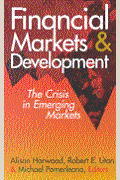
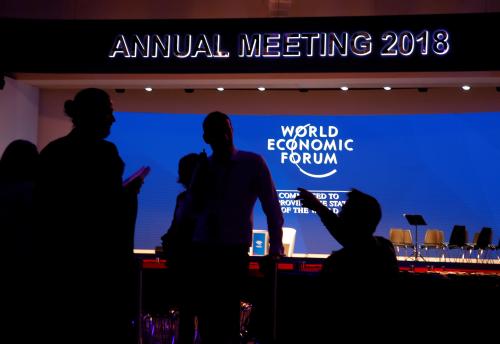
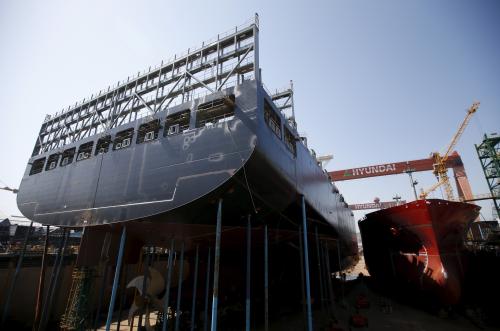
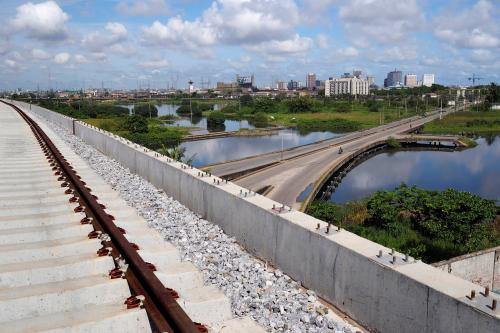

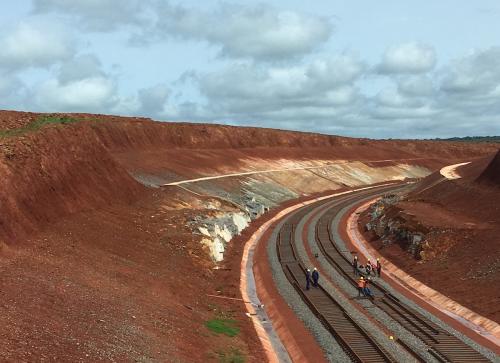

Commentary
The fragile global recovery: Surprisingly unsurprising
June 9, 2017